Dreading telling loyal customers that you have to raise prices?
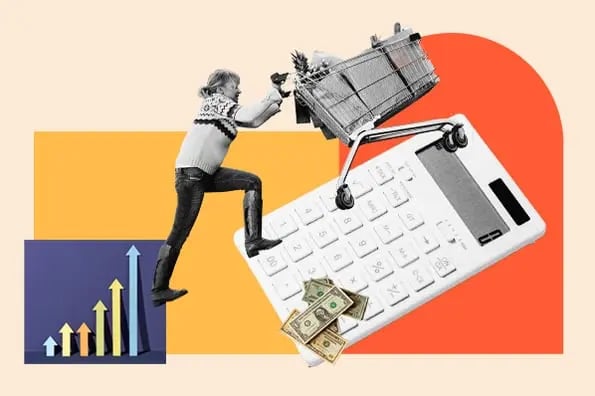
Sending a price increase letter can be intimidating. However, it doesn't have to be.
In this post, we'll explain what a price increase justification is, then we'll review some best practices you should consider when making a price increase announcement to your customers.
Skip to:
- Reasons for Price Increases
- Price Increase Letter Tips
- Price Increase Letter Templates
- Price Increase Examples
Common Reasons for Price Increases
Most customers expect that the cost of their beloved products won't remain stagnant forever. However, if a competitor's prices are not increasing, this potentially puts you at risk for customer churn. You must handle a price increase quickly and authentically to ensure that your customers understand the situation and are willing to stick through it.
Some reasons companies increase prices are:
- Production Costs: Costs to produce and distribute your products play a key role in pricing. If those costs increase, you'll need to raise prices to accommodate the added expense.
- Material Costs: Similarly to production costs, the price of materials can also go up which will affect your bottom line. Any adjustments to upgrade the quality of your product will impact pricing as well.
- Industry Trends: If you're not a first-mover into your industry, chances are you'll need to keep up with competitors to make sure your business stays relevant. Conduct a competitive analysis (if you haven't already) to stay on top of industry standards. If you find deficiencies in your current business model, bringing your company up to speed may result in a price increase.
-
Growth: Growth is what most businesses strive for and it can also present an opportunity to increase prices. Should you choose to increase due to growth, it's important to offer existing customers benefits or new services to offset the negative effects of an increase.
Before deciding on any price changes, sync with your sales and customer service teams to make sure everyone is on the same page about whether the increase is justified and how to best communicate this change to customers.
Price Increase Justification
This conversation is never easy to have with customers. After all, who wants to hear that the product your business relies on is going to cost more?
No matter how well you communicate this change, your customer service team should expect at least a few negative reactions. If you aren't seeing anyone complain about higher prices, then they're still probably too low. This leaves it up to your discretion whether you want to increase revenue or maintain customer satisfaction.
If you're experiencing pushback from your customer base, it's helpful to sync your sales and customer service teams. Both departments should align when it comes to how you communicate this price change. It will provide customers with consistent information as they speak with both sales reps and service reps.
In general, the best approach your team can take is assuring customers that the increase will help maintain product quality. Customers who are dependent on your products will be more understanding of this reasoning and will want you to maintain the high quality that they're accustomed to.
HubSpot's Chief Executive Officer, Yamini Rangan, reflects on this approach in the quote below.
"Some price optimizations were successful and others weren't. But the ones that we communicated well were always value-driven." - Yamini Rangan, Chief Executive Officer at HubSpot
If you're not sure how to begin the conversation, take a look at some of the best practices below before you get started.
Tips for Announcing a Price Increase to Your Customers
- Contact them directly.
- Let customers know well in advance.
- Remind them that higher prices mean better quality.
- Explain the reasoning behind the price increase.
- Ensure the entire organization is aware of the price increase before announcing it to customers.
- Allow customers to reach out with further questions or concerns.
1. Contact them directly.
Imagine if your Spotify Premium bill increased from $9.99 to $14.99 per month without your knowledge or consent. You would be pretty mad, right?
It's unfair for a customer to suddenly find out there has been a price increase in their product. If a price increase occurs, go through your list of customers who use that product or service, and send a price increase letter notifying them of the change. If possible, address the letters to each customer to personalize the process.
2. Let customers know well in advance.
You should provide your customers with plenty of time to come to terms with the price increase. They may need to re-assess their budget or consider alternative options, so you should keep them in the loop once you're made aware of the situation. Additionally, encourage them to make one or more product orders before the price increase kicks in.
3. Remind them that higher prices mean better quality.
The necessity for a price increase can be confusing for customers, especially if they've been purchasing the same product for months or years. It makes it vital that you stress the importance of product quality.
Typically, products increase in price to match higher operating costs, increases in hires, or increases in prices of needed materials. To ensure the same level of high quality, sometimes you have to raise the price.
4. Explain the reasoning behind the price increase.
To make it clear that you're raising the prices to maintain the quality of the product, you should explain what caused the price increase. For instance, as some raw materials become increasingly scarce and expensive, companies that utilize these materials are forced to increase the prices for products that use them. Laying that out to customers will prove your willingness to be transparent.
5. Ensure the entire organization is aware of the price increase before announcing it to customers.
It would be embarrassing for a frontline worker to accidentally charge a customer the wrong price because their company failed to notify them of a change. Even if all employees were made aware of the situation, they should all be on the same page in terms of the cost difference, the reasoning, and the logistics moving forward. That way, your company has a consistent voice on the matter.
6. Allow customers to reach out with further questions or concerns.
You want to be sure your customers receive all the information they require. A lack of information could cause them to churn to a competitor with lower prices. Reassure them that they can always reach out to anyone in your company — including high-level executives — with any more questions or concerns that come up regarding the price increase.
Have a price increase coming but still not sure how to say it? Check out the following price increase letter templates to help you put it in the right words.
.png)
50 Free Customer Service Email Templates
Templates to communicate price increases, apologies, thanks, and notifications to your customers with sincere, on-brand messaging.
- Price Increase Letter Templates
- Customer Apology Email Templates
- Referral Email Templates
- And More!
50 Free Customer Service Email Templates
Download a free Price Increase Letter in this kit.
Price Increase Letter Templates
It's important to let your customers know about an upcoming price increase, but telling them can sometimes be tricky to phrase.
If you're stuck, take a look at the templates below for ideas on conveying the message to customers.
1. General Price Increase
Dear Customer,
Please be advised that [Company Name] will generally increase prices up to [Value] on all [product type], effective [Date].
[Provide any necessary logistical details.]
As always, we are committed to providing quality products and services to you and appreciate your business and continued support.
Sincerely,
[Name]
This is an example of a letter that lays out a general price increase to customers. It states the exact percentage of the price increase and which products will be experiencing the higher cost. The letter also states exactly when the price increase will come into effect and reminds customers of how long they have to order their products at the current price.
2. Increase in Cost of Materials
Dear [Customer Name],
This is a notice that there will be an increase of [Value] in our [Product Type] pricing to take effect on [Date].
Since [Date or Circumstance], [Company Name] has seen ever-increasing costs for [Relevant Aspect of Business] that has affected the cost of providing service to our customers.
The increase helps us ensure our commitment to providing the very best products and services to you.
If you have any questions about the above changes, contact [Details].
We thank you for your support and continued business.
Sincerely,
Name
This letter also states the exact percentage of the price increase and when it will go into effect. It gives a specific reason for the price increase, providing transparency that many customers will understand. To make this message more impactful, consider adding the value that the price increase provides to customers.
3. Increase in Operating Costs
Dear [Customer Name],
After carefully analyzing increased materials and overhead costs, we are writing to inform you of a necessary forthcoming price increase.
With the exception of [Product Type], [Company Name] will be increasing prices by [Value], effective [Date]. A new [Year] price list will be issued on [Date].
[Insert breakdown of all products affected by the price increase.]
Please be assured that [Company Name] has made every effort to keep this increase to a minimum and will continue to honor current price structures up to [Date].
Sincerely,
Name
Like the others, this letter states the percentage of the price increase and when it will go into effect. The letter begins by stating a clear reason for the change. It's helpful to lay out the exact products that will be experiencing a larger price increase than the rest to avoid any confusion from customers.
Based on these templates, you can use the format below to create your price increase letter to send to your customers.
Sample Price Increase Letter Template
Keep in mind that you'll want to adhere to the tone that you've set during the customer relationship so far, while being transparent and personal every step of the way. Templates can help provide the necessary professional context for price increases and other challenging topics, but be sure to customize them for maximum impact.
Click here to download a free price increase letter template, available exclusively in HubSpot's 50 Customer Service Email Templates Kit.
How to Write a Price Increase Letter
Delivering notices of a price increase shouldn’t bring a sense of dread. With the messaging tips below, you can make things easier for your team and customers.
1. Be clear and concise.
Customers shouldn’t have to guess or assume what your correspondence means. Communicate the important information at the beginning of the notice, letting them know explicitly what the new pricing will be and when it will take effect. Outline any steps customers need to take before the increase happens. Next, explain what their options are and where they can get more information.
2. Be empathetic.
Depending on your industry, the language you use for written correspondence may need to be more formal, but it shouldn’t come across as cold. The Netflix letter above is a great example of being both personable and professional. It makes customers feel that their business is valued and that the company sees them as more than just a number. Put yourself in your customer’s shoes and think about how you’d like to receive similar news while drafting the letter. Additionally you’ll want to thank them for their business before signing off.
3. Don’t apologize.
Companies raise prices all the time and it’s a completely normal aspect of doing business. Apologizing will not only make the reader think you’re unsure of the decision, but also creates unnecessary awkwardness. Your product or service provides excellent value and you should charge accordingly.
4. Send a follow up.
Email notices can easily end up in spam folders and customers can mistake physical letters as junk mail. To combat this, it’s good to send a follow up notice before the increase goes into effect. It will also give a bit of cushion for customers who maybe read your first notice, but forgot to follow up or take action to renew. Additionally, it will decrease the chances they’ll feel blindsided by an increase.
With these templates in hand, let’s go through some best practices for making your price increase announcement.
Price Increase Letter Examples
You have the tips. You have the templates. How do they work in real life? If you are a paid member of any subscription service, chances are you have received one or two price increase letters in your email inbox. Amazon Prime is a popular company you might have witnessed increasing prices over the last few years. They are not the only ones. Let’s take a look at examples from Spotify, Disney+, Upwork, Hulu, and Netflix.
1. Fabletics
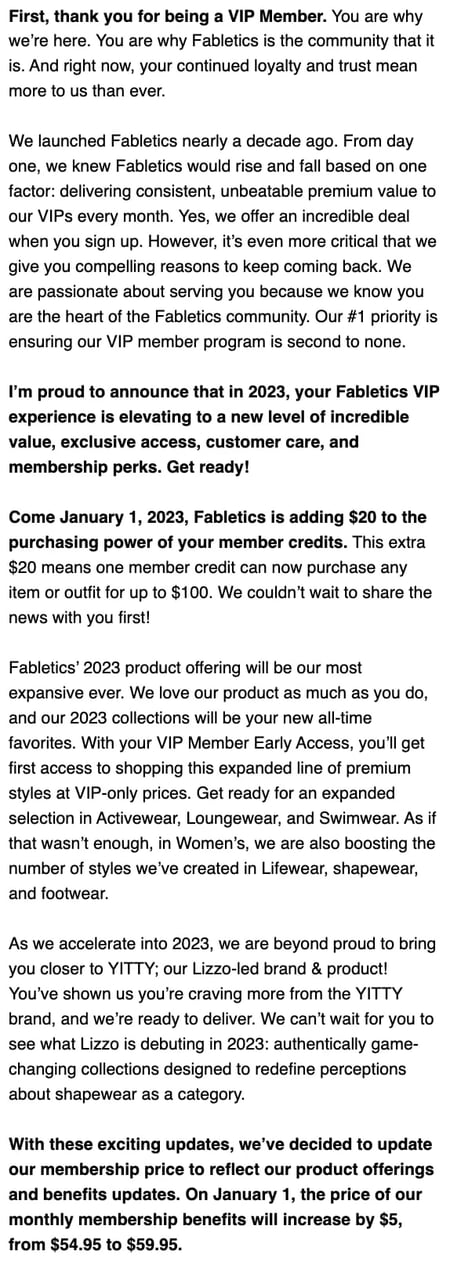 Fabletics sent an email to its VIP members about an upcoming $5 price increase. The athleisure brand offers a monthly membership where members can purchase new outfits and clothing each month.
Fabletics sent an email to its VIP members about an upcoming $5 price increase. The athleisure brand offers a monthly membership where members can purchase new outfits and clothing each month.
While this price increase letter is significantly longer than the other examples on this list, it's great at conveying the value members will get along with the increase. It starts off by telling members what's in it for them — an added $20 in purchasing power each month. Now for $59.95 per month, members can get up to $100 in merchandise each month.
The email reiterates multiple perks membership offers in addition to highlighting new collaborations with Lizzo. So instead of focusing on the price increase, attention is now directed to all the value membership provides.
2. Apple
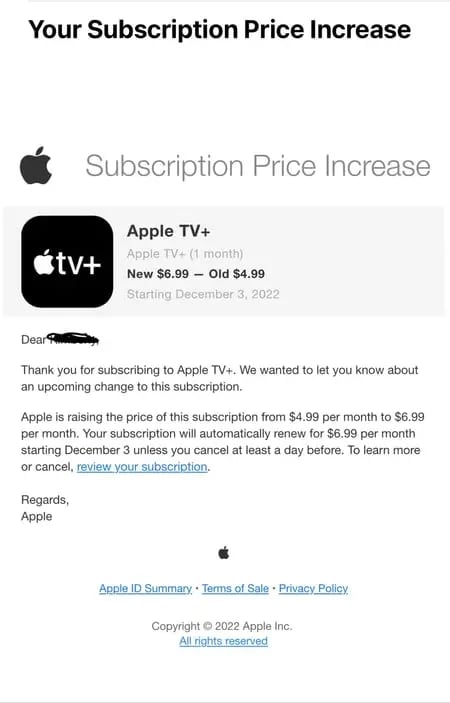 Apple sent an email informing customers of a price increase to $6.99 (previously $4.99) for its Apple TV+ subscription.
Apple sent an email informing customers of a price increase to $6.99 (previously $4.99) for its Apple TV+ subscription.
The streaming platform notified customers directly via email and gave customers several weeks to decide between keeping or canceling a subscription. This price increase letter closes out with a call-to-action for customers to revisit their subscription.
Short, sweet, and to the point, this price increase email is an ideal example to imitate when you write your own letter.
3. Upwork

Upwork, one of the largest freelancing websites, announced a price increase to its Freelancer fee structure. Since the change involved an increase for both freelancers and clients, the announcement posted on the website had to be thorough.
To explain the reasoning behind the price increase, Upwork includes an FAQ section that gives quick answers to common questions about the change, and where to go for more information.
At the close, this email does not prompt freelancers to reach out with further questions, but it does direct them to learn more about the changes happening to their membership. With Upwork being a platform where freelancers spend and make money, this price increase letter covers enough touchpoints to efficiently introduce customers to the change.
4. Hulu
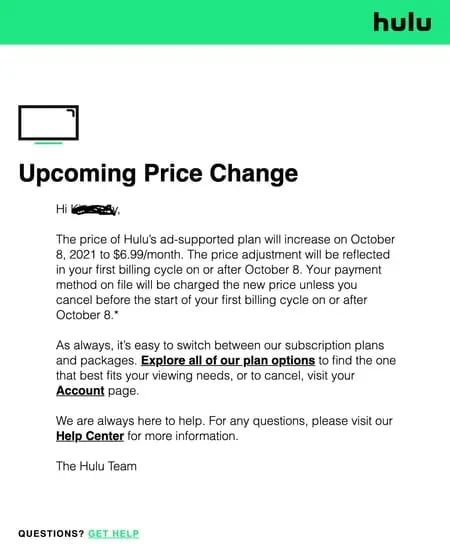
5. Netflix
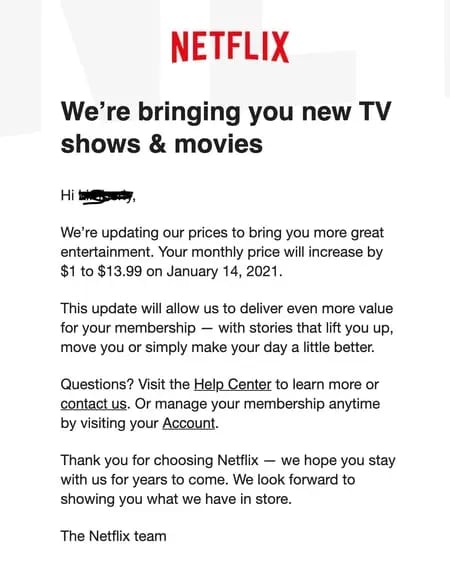
Netflix took a much more effective approach in their price increase messaging. Like Hulu, they sent notice well in advance but also took the opportunity to remind customers how their service adds value.
“This update will allow us to deliver even more value for your membership — with stories that lift you up, move you, or simply make your day a little better.” It perfectly sums up why customers should stick around despite the increase.
Overall, Netflix’s tone is warm and personable while still hitting all of the best practices listed above. To further retain customers, the company added a list of new releases and top picks in the footer to retain loyal customers — showing them all the great content they’ll miss out on if they were to cancel their subscription.
Incoming: Price Increase Notice
If you have made it this far, you probably have a price increase notice on the horizon. Don’t procrastinate. Your customers have signed up for a product or service, and they deserve ample time to make a decision. Most customers anticipate increased costs in the future. Follow the tips listed in this article, and keep moving forward.
Editor's note: This post was originally published in March 2019 and has been updated for comprehensiveness.
![→ Access Now: Price Increase Letter [Free Email Template]](https://no-cache.hubspot.com/cta/default/53/d45efb8b-a517-406f-97d5-460798981dc2.png)
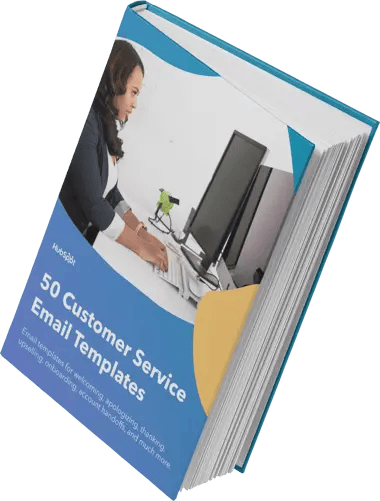
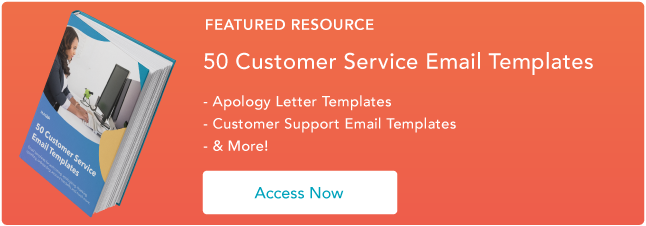
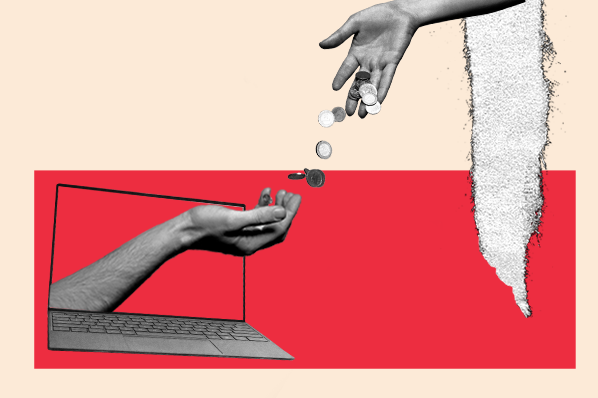
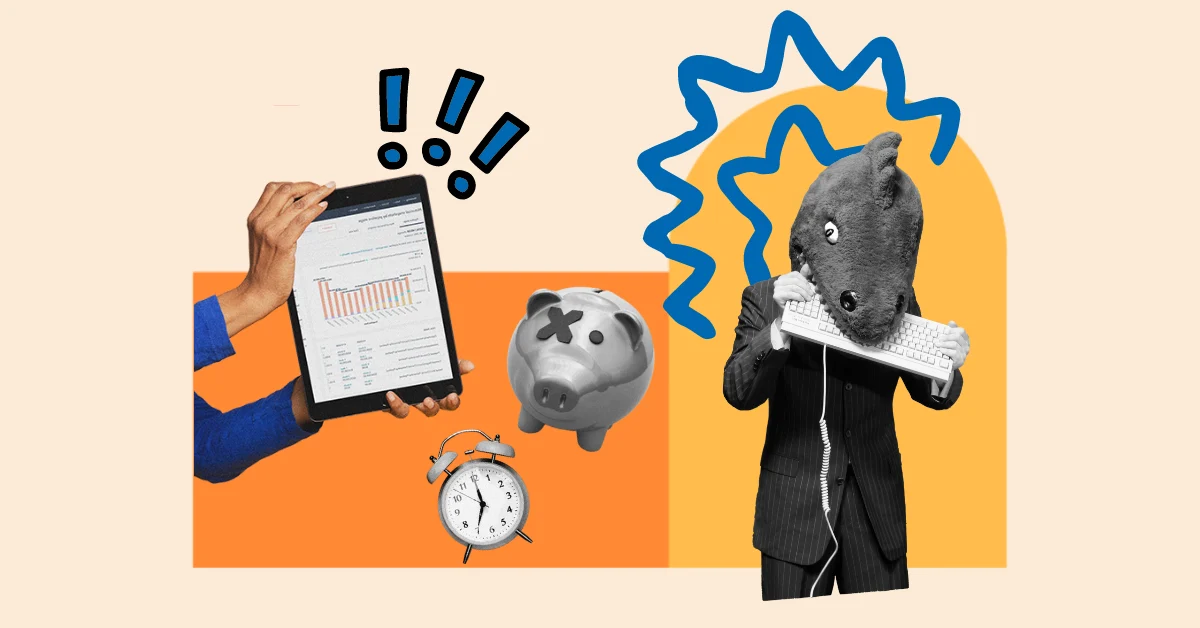


![Big Brands That Lost Customers' Satisfaction in 2023 [Where CX Went Wrong + Data]](https://blog.hubspot.com/hubfs/companies%20that%20lost%20customers_featured.png)
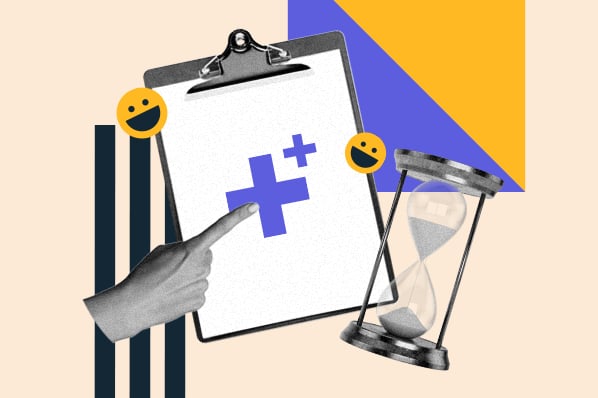
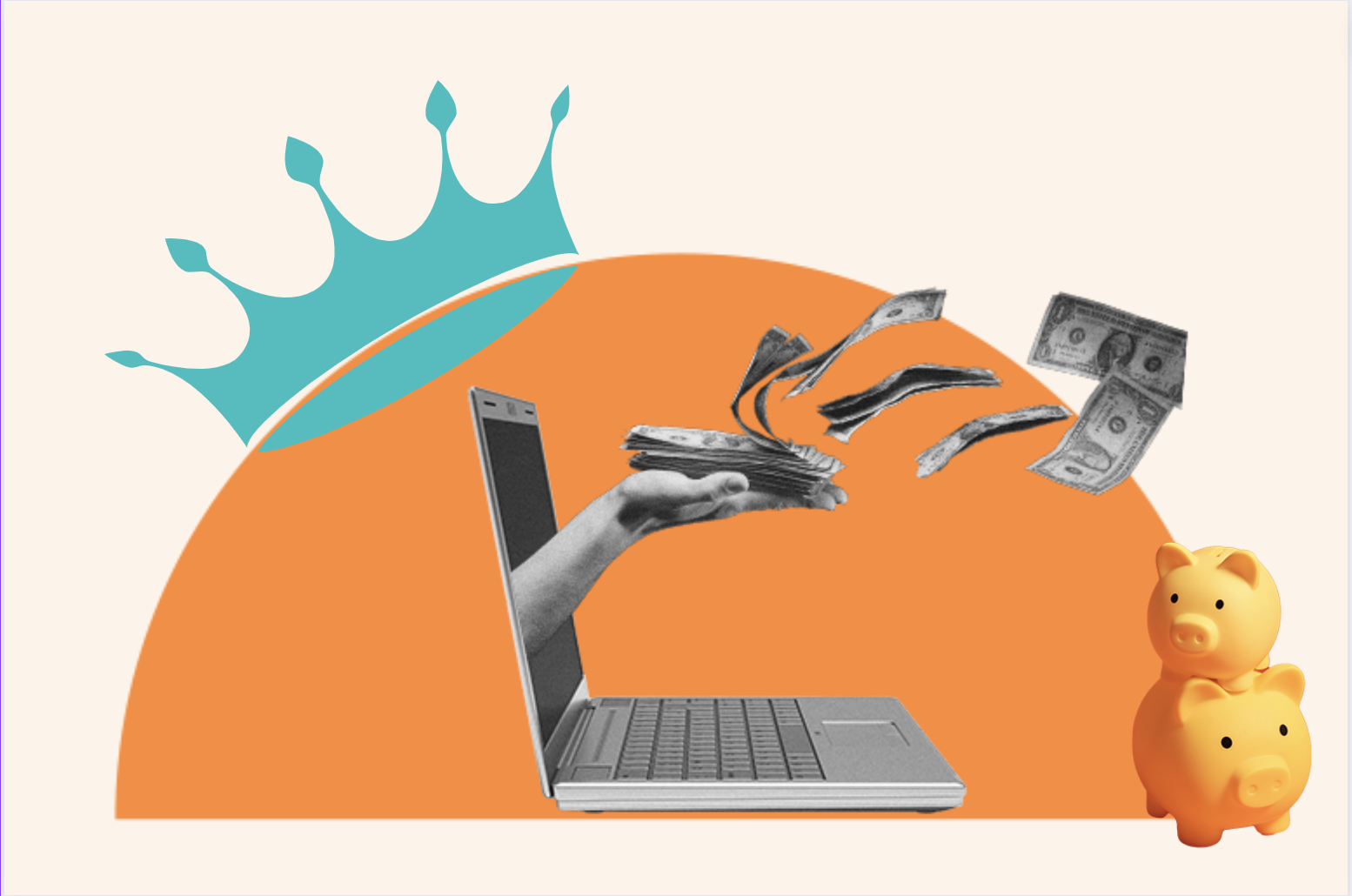

![How to Calculate Churn Rate in 5 Easy Steps [Definition + Formula]](https://blog.hubspot.com/hubfs/calculate-churn-rate.jpeg)
